- Home
- slideshows
- miscellaneous
- The 18 biggest tech products that bombed, died, or disappeared in 2018
The 18 biggest tech products that bombed, died, or disappeared in 2018
18. Facebook Drone (Aquila)

17. Path
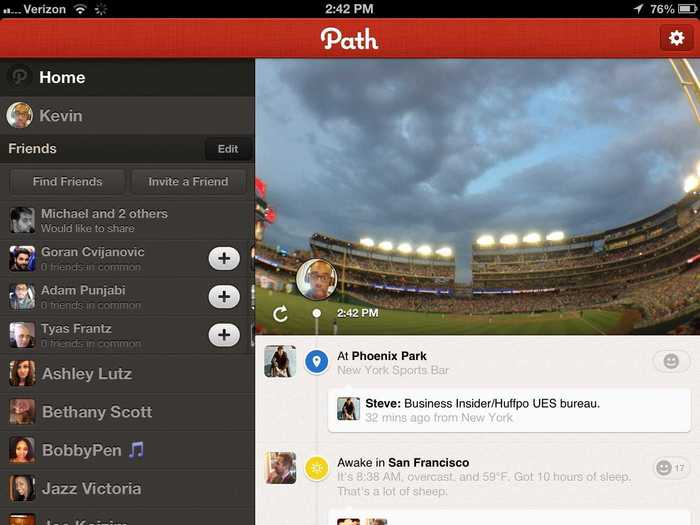
Year it started: 2010
What it was: Social network for close friends
Circumstances of its demise: Early on, Path became a formidable Facebook challenger with 50 million users. Usage faded after security concerns were raised, however, and the company eventually sold to a Korean company which hoped to grow Path in Southeast Asia. The plan failed, and Path officially shut down this October.
16. iPhone SE
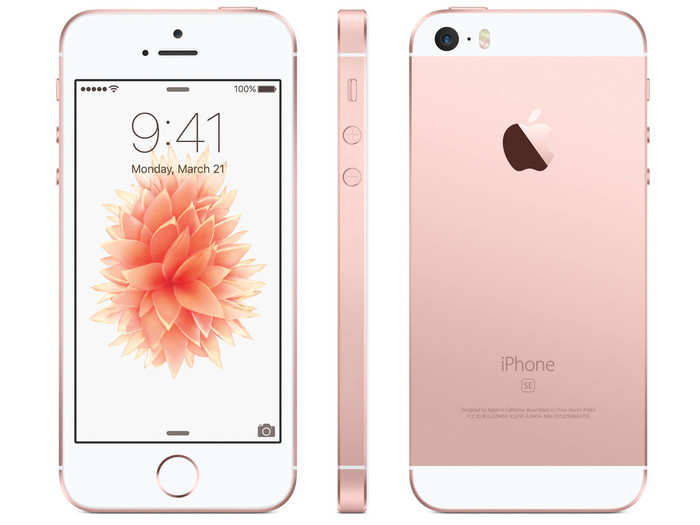
Year it started: 2016
What it was: An Apple smartphone that cost $350.
Circumstances of its demise: The iPhone SE was a "special edition" by name and was discontinued in September to make way for newer (and more expensive) models.
15. Google Allo
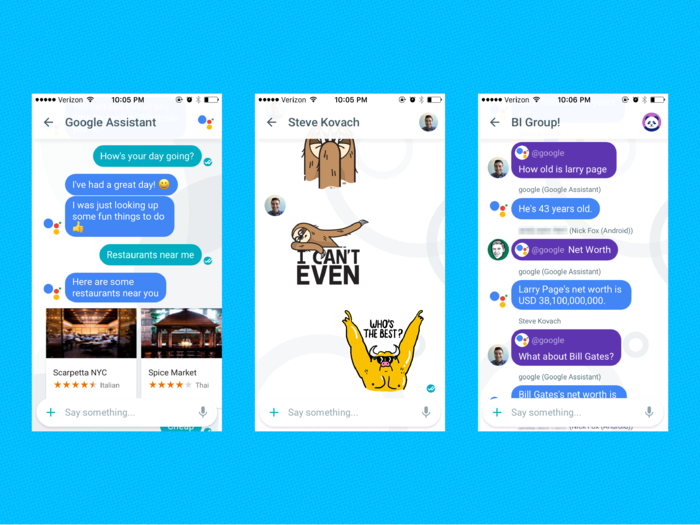
Year it started: 2016
What it was: Messaging app that included Google Assistant
Circumstances of its demise: Google cited its growing investment in its new Messages product as the main reason for shuttering Allo.
14. Miitomo by Nintendo

Year it started: 2016
What it was: Social networking app that allowed users to connect their Mii avatars and communicate with friends.
Circumstances of its demise: Games on Miitomo, like "Super Mario Run," had freemium payment models and Nintendo said such games were not meeting expectations.
13. Google Goggles
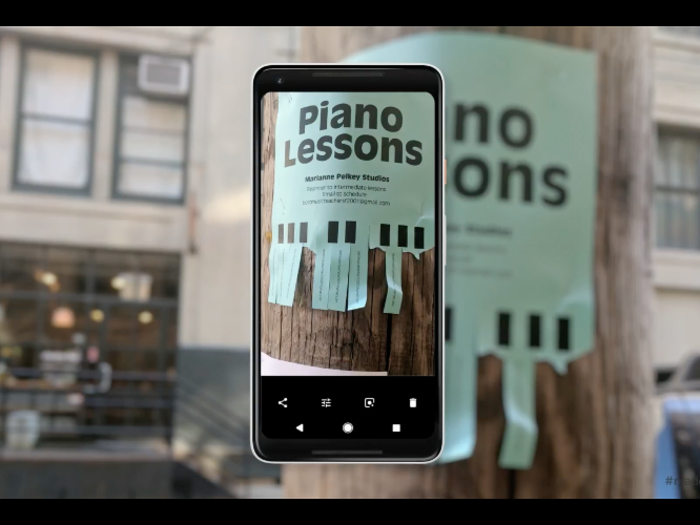
Year it started: 2010
What it was: Image recognition app that allowed users to take a picture of an object and search for it online.
Circumstances of its demise: Goggles had taken a backseat to a newer, similar product called Google Lens, which was released in May 2017. Lens uses updated image recognition technology and has Google Assistant built-in.
12. Snapcash

Year it started: 2014
What it was: Partnership between Snapchat and SquareCash that allowed users to send payments through the messaging platform.
Circumstances of its demise: Snapcash found itself in a crowded peer-to-peer payments space, including other social media platforms like Facebook releasing similar functionality.
(Disclosure: The author previously worked at Square, but left before its Snapchat partnership ended.)
11. Inbox by Google
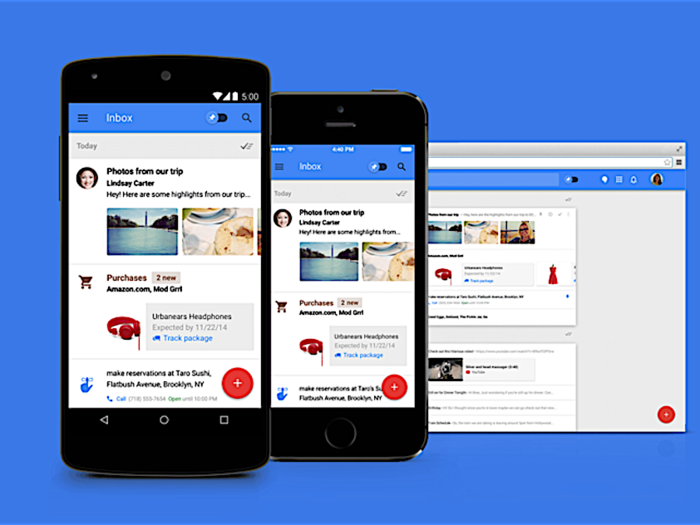
Year it started: 2014
What it was: Email product meant to improve productivity and organization.
Circumstances of its demise: Many of Inbox's key features — including Smart Reply, "snoozing" when messages appear, and a connected task list — were all a part of Gmail's latest redesign in April. For Google, having one email app makes more sense.
10. Shyp
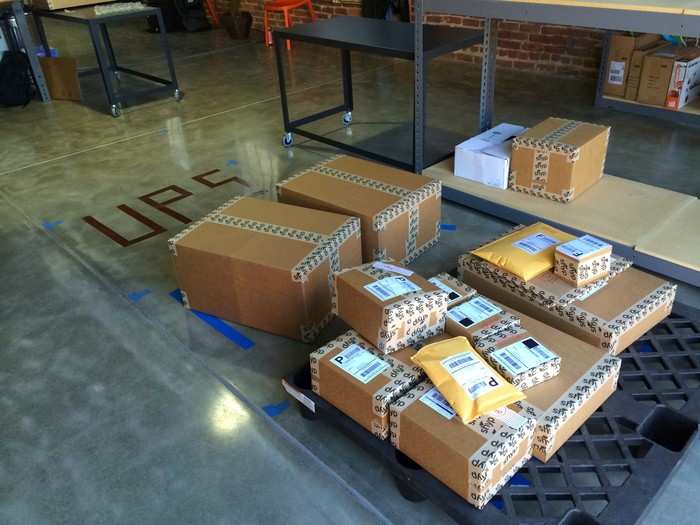
Year it started: 2013
What it was: On-demand shipping service.
Circumstances of its demise: Shyp struggled to find a model that made economic sense.
"We decided to keep the popular-but-unprofitable parts of our business running, with small teams of their own behind them," CEO Kevin Gibbon wrote in a LinkedIn post announcing the closure. "This was a mistake — my mistake."
9. Apple AirPort Express, Extreme, and Time Capsule

Year it started: 1999
What it was: Wireless router
Circumstances of its demise: Apple had stopped development on all AirPort models in 2016 to "try to sharpen the company's focus on consumer products that generate the bulk of its revenue," according to a Bloomberg report. Apple began selling third-party routers in January 2018.
8. Lytro

Year it started: 2006
What it was: Full-spectrum light-field camera company that began with a pocket-sized version.
Circumstances of its demise: Struggling to compete with established camera companies, Lytro pivoted in 2015 to focus on virtual reality. In March 2018, Google bought Lytro for between $25 and $40 million and reportedly decided not to continue work on the company's camera technology.
7. Apple Music Connect

Year it started: 2015
What it was: Feature within Apple Music that let artists post updates and connect directly with their fans.
Circumstances of its demise: In September 2017, Apple acquired the song recognition company Shazam, which already allows users to follow their favorite artists on its platform. Perhaps an Apple Music and Shazam integration is imminent.
6. Klout
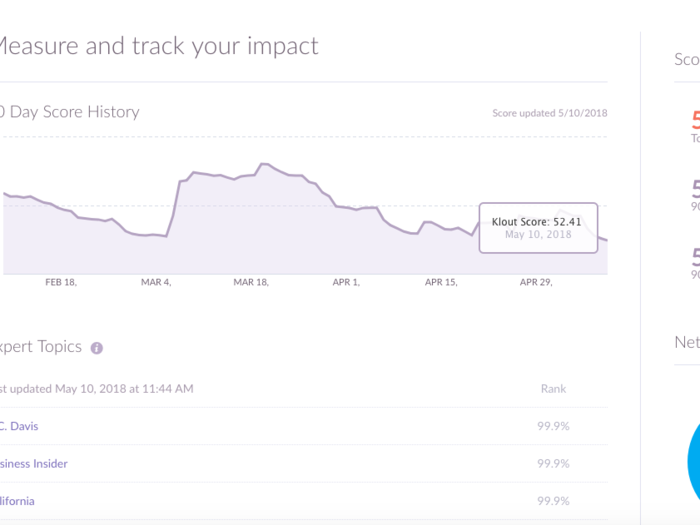
Year it started: 2008
What it was: A "Klout Score" for users, indicating their level of social media influence. Scores ranged from 1 to 100.
Circumstances of its demise: Lithium Technologies bought Klout for $200 million in 2014. In May 2018, Lithium CEO Pete Hess announced the shutdown, saying: "The Klout acquisition provided Lithium with valuable artificial intelligence (AI) and machine learning capabilities, but Klout as a standalone service is not aligned with our long-term strategy."
5. StumbleUpon
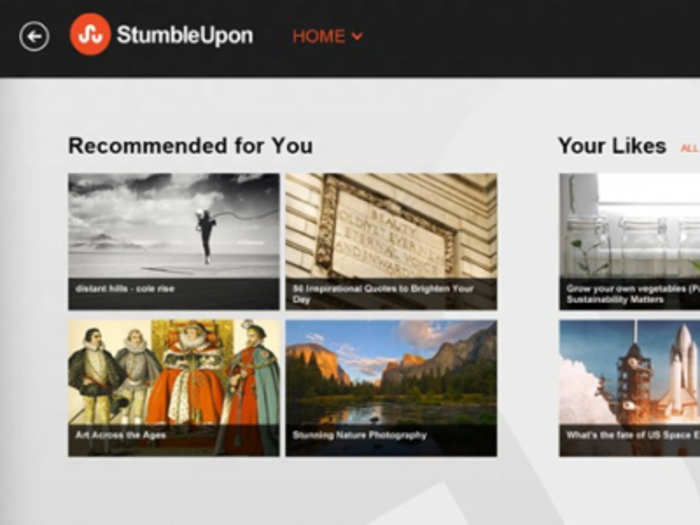
Year it started: 2001
What it was: Online recommendation tool that allowed users to discover new websites, videos, and photos.
Circumstances of its demise: In June 2018, StumbleUpon moved to Mix.com, a similar discovery platform with more features and available across more web browsers and mobile devices.
4. Yahoo Messenger
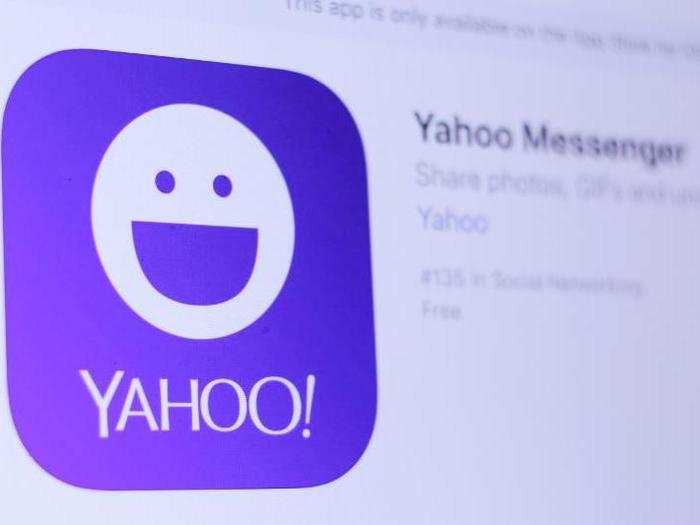
Year it started: 1998
What it was: Instant messaging service
Circumstances of its demise: Yahoo did not provide a reason for shutting down Messenger, though the 20-year-old product likely had trouble competing in the crowded messaging space. At the time of the announcement in June, users were directed to sign up for Squirrel, Yahoo's beta messenger app. Since then, Squirrel has already been rebranded to Yahoo Together.
3. Otto
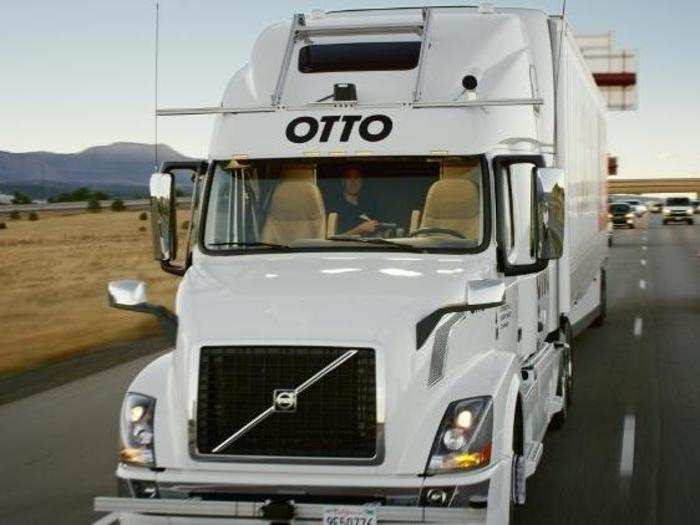
Year it started: 2016
What it was: Self-driving trucks owned by Uber.
Circumstances of its demise: Uber bought Otto in 2016 and controversy ensued. Otto co-founder Anthony Levandowski was a former Google engineer working on self-driving technology and allegedly brought trade secrets along with him. Uber settled with Waymo in court in February for $245 million. By July, Otto was shut down.
2. Musical.ly
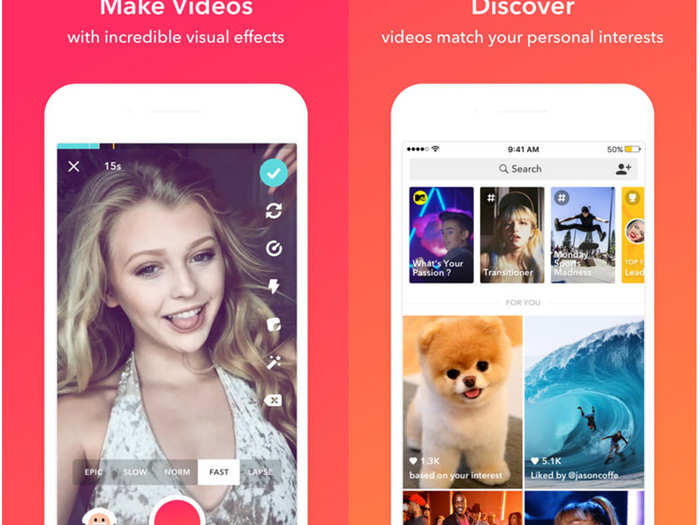
Year it started: 2014
What it was: Lip-syncing social media app
Circumstances of its demise: Musical.ly was acquired in November for up to $1 billion and integrated into Tik Tok, a China-based app with similar functionality.
1. Google+
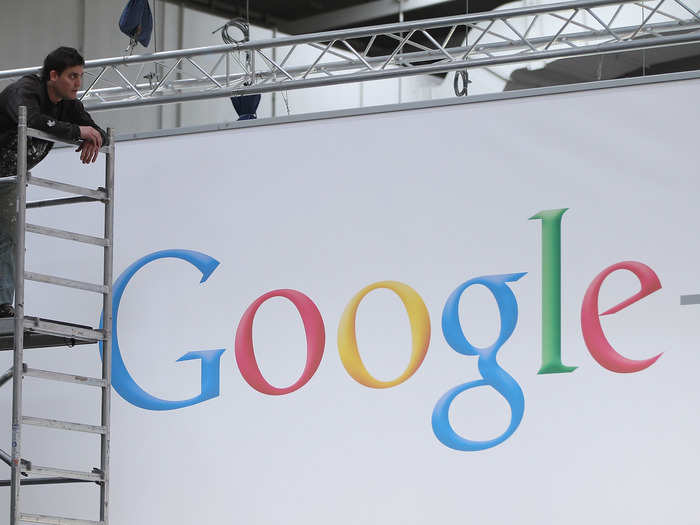
Year it started: 2011
What it was: Google's social network.
Circumstances of its demise: Low engagement and a bug that exposed the personal-profile data of more than 50 million users forced Google to announce it will shut down its social networking service in April 2019.
Popular Right Now
Popular Keywords
Advertisement